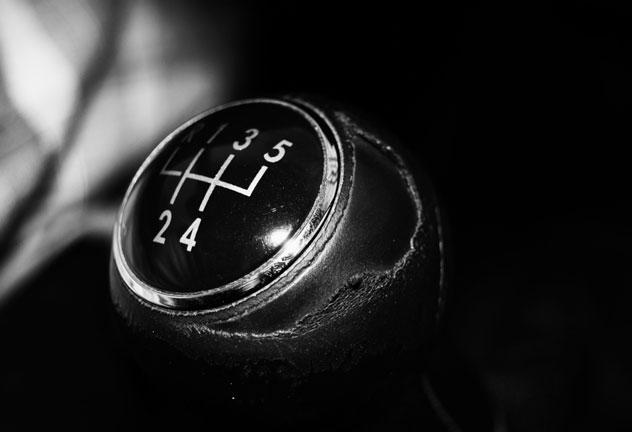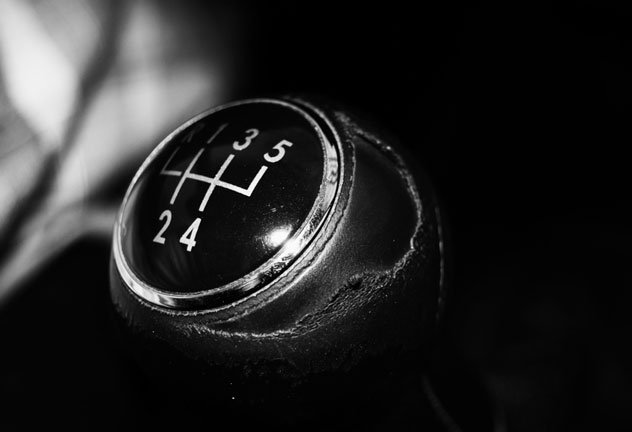HERE at Ars Technica on the rise of automated driving

On Wednesday, Ogi Redzic, Senior Vice President for Connected Driving at HERE, took to the web waves to talk about the future of the connected car in a live online chat session.
Redzic was joined by Catherine McCullough, Executive Director of the Intelligent Car Coalition and Jonathan Gitlin, Automotive Editor for tech website Ars Technica, which hosted the chat.
He was also joined by a highly informed and inquisitive audience that provided no shortage of intelligent conversation around the technical challenges, legal and regulatory hurdles, and the ethical implications of self-driving cars.
“We are 1-3 years away from early use cases for autonomous driving," said Redzic.
When reader Chris asked if he’ll be able to focus solely on his hot slice of pizza and let the car do all the driving, Redzic replied that he would “still need to be awake and sober” should the car require him to take back control.
It’s the difference between “Highly Automated Driving” and “Fully Automated,” which we can expect in the near future.
McCullough, whose Washington D.C.-based organization is much closer to government regulations surrounding connected cars, chimed in that technology is leading the way to this future, while the legal, regulatory and policy fields are playing catch up.
Reader Ryan asked a question about the “passion and “enjoyment” of driving that hit close to home for both Redzic and McCullough. Will autonomous cars limit our ability to drive, he asked on behalf of car enthusiasts.
“I ask myself this a lot,” Redzic wrote. “As our team works on building automated driving technology, I find myself wanting to buy a stick shift.”
Passion for safety
Still a big motivator for HERE, Redzic wrote, is saving lives. With 90 percent of accidents caused by human error, this technology is intended to save lives, he added.
Let’s also not forget that there is value in learning how to drive, McCullough wrote, because it teaches people how to handle power responsibly.
“I must admit that I am one of those who truly enjoy driving, and I don’t think I will ever purchase a vehicle that has no availability for human input,” she wrote. “In other words, while I value their innovative spirit, Google will have to pry my stick shift out of my cold, dead hand,” she added.

Redzic was also more than happy to answer questions from readers Chris W and Petrut M about mapping for automation.
Redzic talked about how maps for automated driving are much more precise than those for navigation. You need to map things like slope, curvature, height and the bank of the road, and they need to be constantly refreshed.
“We plan to have key roads mapped to the precision necessary for Automated Driving, and we will do it in time for the launch, roughly 2018-2020 timeframe,” he wrote.
When Petrut M asked if OpenStreetMaps can create the same maps, Redzic was quick to counter that:
“The level of precision required for automated driving can today only be achieved by professional mapping vehicles, like the ones Nokia HERE and Google have.”
If you want to read the full chat, the transcript is available here.
Sign up for our newsletter
Why sign up:
- Latest offers and discounts
- Tailored content delivered weekly
- Exclusive events
- One click to unsubscribe


